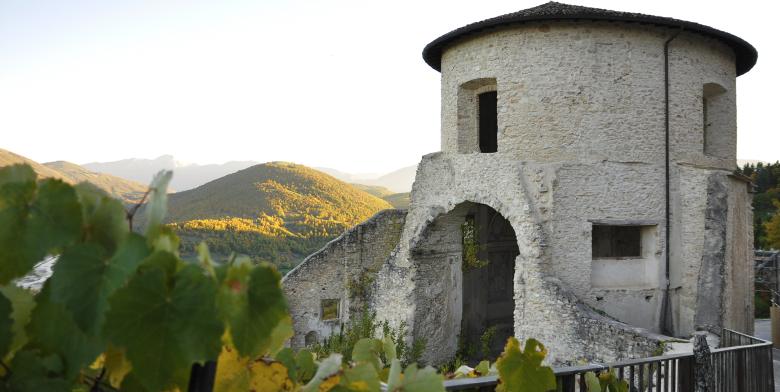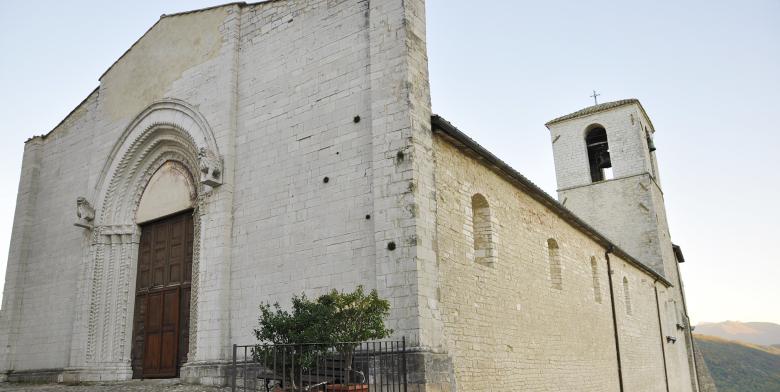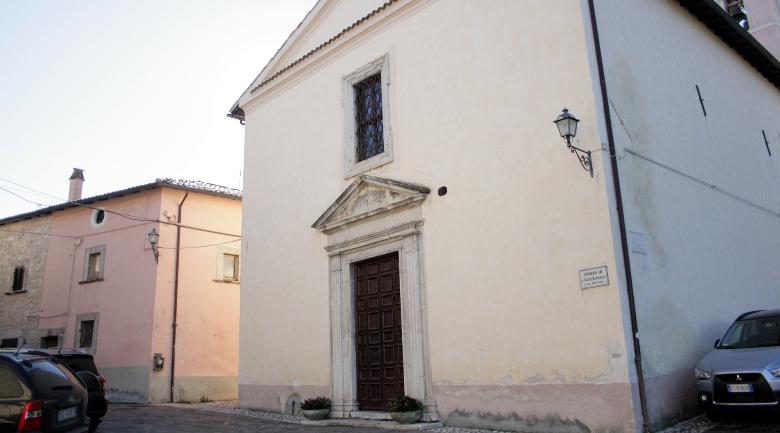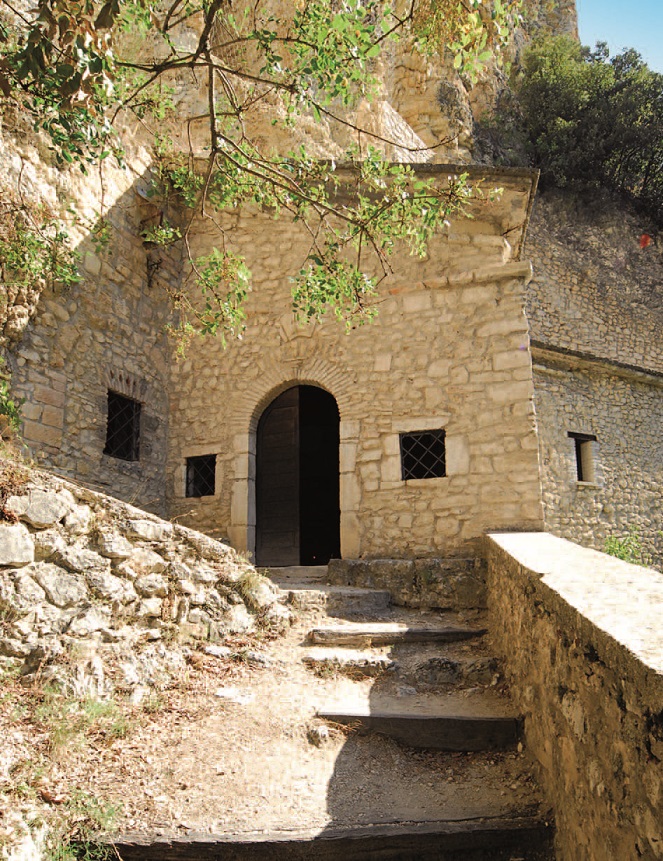For decades its origin and the hypothesis of an Etruscan manufacture has been debated, but thanks to recent and deeper study it’s possible to attribute, with more certainty, the work of engraving and bronze decoration to a Greek-Ionic artist, immigrant in Etruria. Indeed stylistically the scuptures belong to the culture we also find in similar products (Loeb tripods, bronzes of Castel S. Mariano) where the Ionic experience combines with foreign Etruscan motifs.
The precious archaeological artefact was found accidentally in 1902 by Isidoro Vannozzi in a necropolis few kilometres from the village in the area of Colle del Capitano, where it was placed in an imposing tumulus grave. This location has brought to light over the years an important necropolis belonging to the transition period between the Bronze and Iron Ages, made up of at least 44 cremation caskets, tombs with cylindrical manholes, of different sizes with cylindrical, globular and biconical funeral urns. The prestigious biga is today preserved in the New York’s Metropolitan Museum which bought it in 1903 from a trafficker in antiquities, who managed to steal it and to bring it abroad.
The artefact has been at the centre of fierce battles between the New York museum and the Municipal Administration of Monteleone, that has been reclaiming it for some time now.
In the premises underlying the monumental complex of St. Francis in Monteleone it’s possible to see a good life-size copy made by the Art School of the Master Manzù following the 1985 celebrations on the occasion of the Etruscans’ year.
The biga’s permanent exhibition allows through explanatory panels to get to know not only the artefact, but also the historical and archaeological context of its discovery. Indeed the two halls document both the events of its finding as well as daring stealing and the finds from the burial chamber. Lastly, the wealth and occupation of the Monteleone di Spoleto area is certified by an archaeological map showing sites of prehistoric, proto-historic and Roman-republican times.
[Source: www.monteleonedispoletoeventi.it]



































